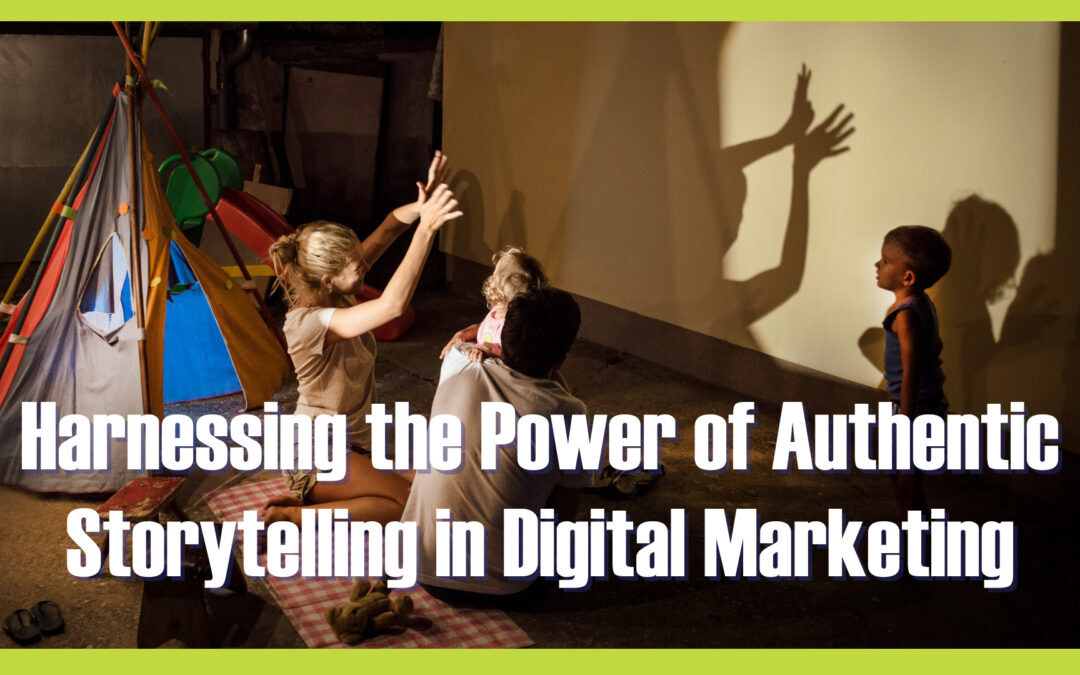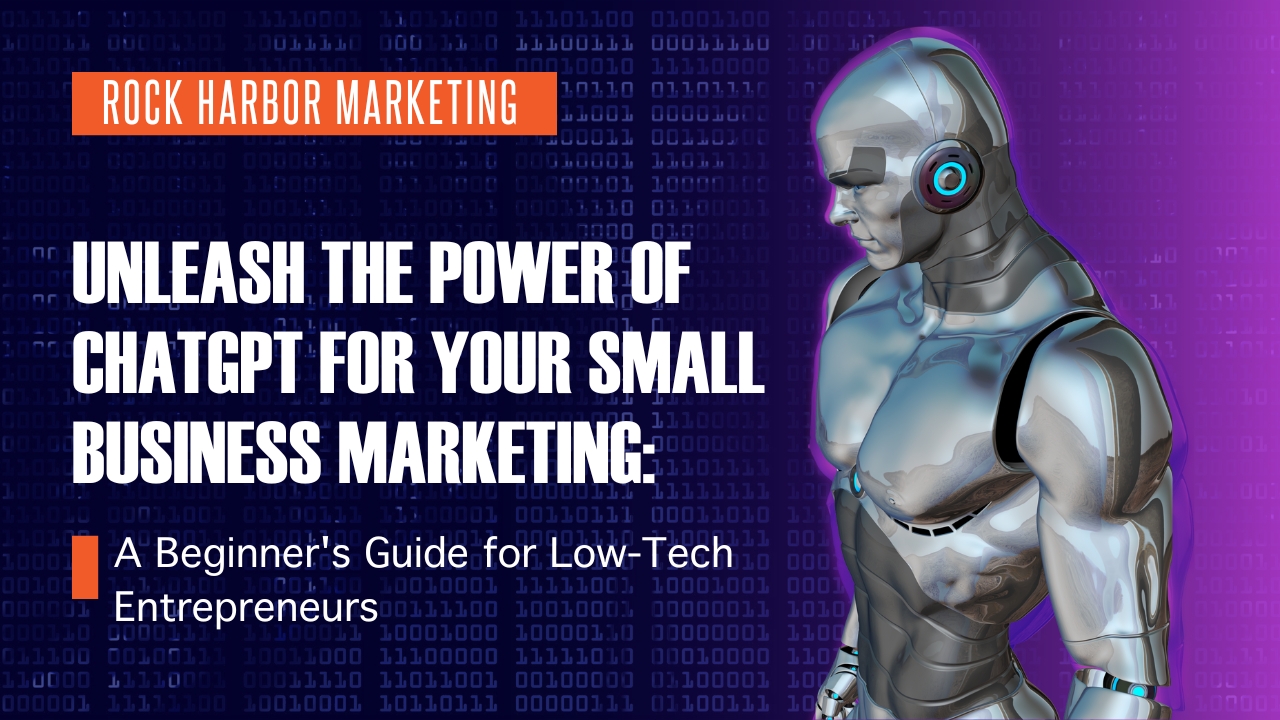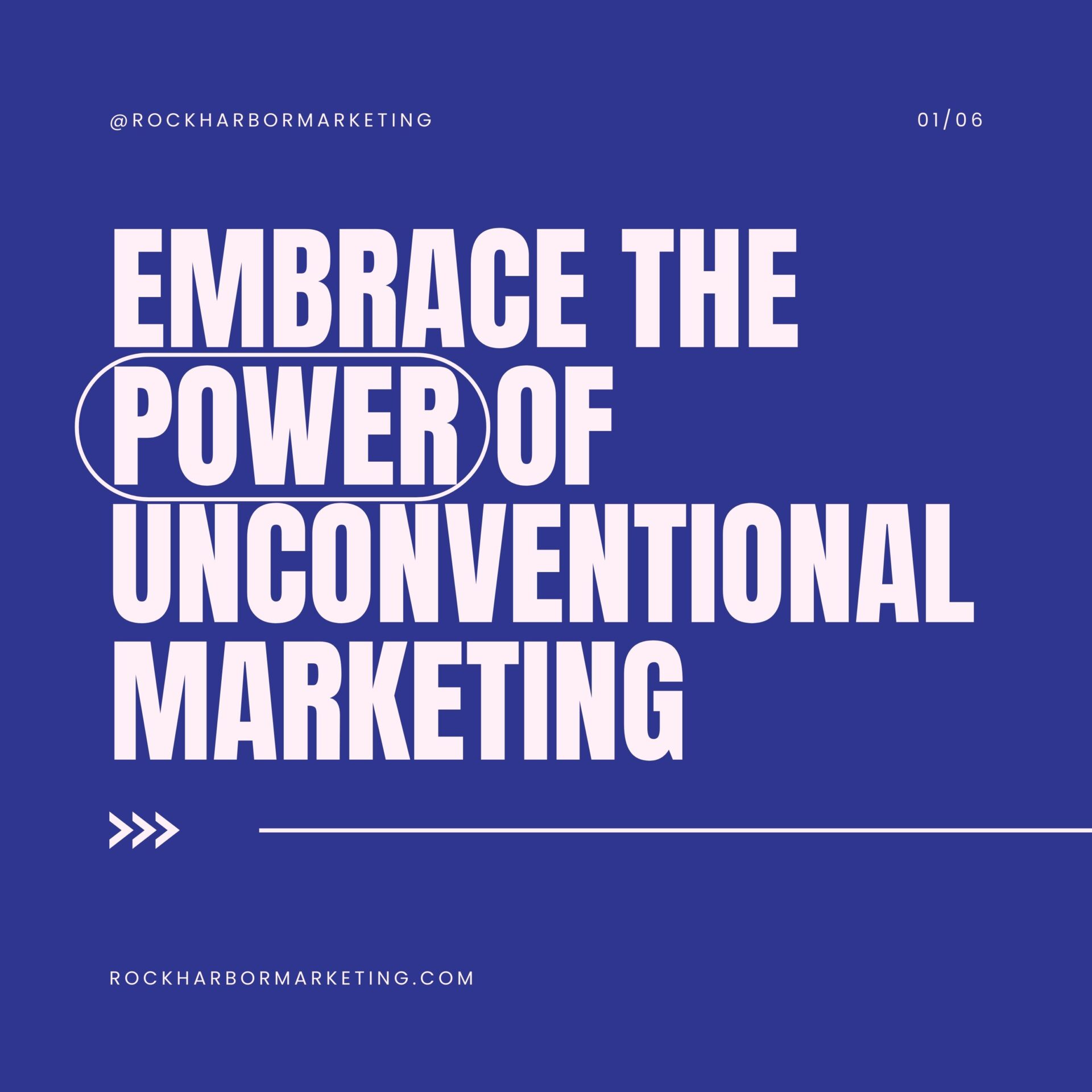In the digital age, where content is king, storytelling reigns supreme.
Businesses, especially small to medium enterprises (SMEs), have a golden opportunity to connect with their audiences on a profound level through authentic storytelling. But what does ‘authentic storytelling’ entail, and how can it drive engagement and foster genuine customer relationships? In this post, we’ll navigate through the essence of authentic storytelling in digital marketing, illustrating its impact with real-world examples and offering actionable strategies to weave authentic narratives into your marketing campaigns.
1. The Essence of Authentic Storytelling:
Storytelling is as old as humanity itself, but in the digital world, it’s a powerful tool to make your brand resonate with your audience. Authentic storytelling in digital marketing refers to crafting narratives that are genuine, relatable, and reflective of your brand’s values and mission. It’s about going beyond the promotional jargon to create a human connection.
Definition and Importance:
Authentic storytelling is not about selling; it’s about telling. It’s about sharing the journey, the challenges, and the triumphs of your brand. Through authentic storytelling, you invite your audience into your world, creating a sense of belonging and trust. This trust is the foundation for building long-term relationships and fostering loyalty, which in turn, drives engagement and conversions.
The Psychological Impact on Audiences:
Stories are processed by our brains differently than mere facts or statements. They evoke emotions and are remembered much longer. When your audience reads a story about your brand that resonates with them on a personal level, it creates a lasting impact, making your brand memorable.
Marketing is no longer about the stuff that you make, but about the stories you tell.
2. Real-World Examples of Authentic Storytelling:
Authentic storytelling shines through in many successful digital marketing campaigns. Let’s explore a couple of instances where brands have effectively used authentic storytelling to connect with their audience.
Case Study 1: Airbnb
Airbnb’s “Belong Anywhere” campaign exemplified authentic storytelling by sharing real-life experiences of hosts and guests. Through heartfelt stories, they emphasized the idea of community and belonging, resonating with audiences seeking more than just a place to stay. This campaign not only promoted Airbnb’s services but also fostered a sense of global community, showcasing the brand’s human-centric approach.
Case Study 2: Dove
Dove’s “Real Beauty” campaign shunned traditional beauty standards by featuring real people with diverse body types and appearances. Through authentic narratives, Dove ignited a global conversation about real beauty, demonstrating that Dove understands and celebrates its audience’s diversity.
Case Study 3: Coca-Cola
Coca-Cola’s “Share a Coke” campaign personalized the beverage experience by printing common names on Coke bottles and cans. By encouraging people to find their names and share a Coke, the brand fostered a personal connection with consumers. This campaign went viral as people shared their personalized Coke bottles on social media, showcasing how a simple authentic narrative can create a ripple effect of engagement.
3. Strategies for Crafting Authentic Narratives:
Authentic storytelling begins with a deep understanding of who your audience is and what they value. Here are some steps to craft authentic narratives:
Understanding Your Audience:
Know your audience’s needs, preferences, and challenges. Engage with them through social media, surveys, or direct interactions to gain insights.
Finding Your Unique Brand Voice and Story:
Identify what sets your brand apart and craft a narrative that reflects your brand’s values, mission, and journey.
Ensuring Consistency Across Digital Platforms:
Maintain a consistent brand narrative across all digital platforms to build a recognizable and trustworthy brand identity.
Good content isn’t about good storytelling. It’s about telling a true story well.
4. Measuring the Impact:
Measuring the impact of your storytelling efforts is imperative to understand its effectiveness and to refine your strategy for better engagement. Here’s a deeper dive into how and why you should measure the impact:
Engagement Metrics:
- Shares, Comments, and Likes: These basic metrics indicate the level of interaction and resonance your stories have with your audience.
- Website Traffic: Monitor the traffic to your website or specific landing pages linked to your storytelling campaigns to gauge interest and engagement.
- Dwell Time: The amount of time people spend on your content can indicate how engaging your stories are.
Customer Feedback and Testimonials:
- Surveys: Conduct surveys to gather direct feedback on your storytelling campaigns.
- Testimonials: Collect testimonials to understand how your stories impact customer perception and behavior.
- Online Reviews: Monitor online reviews to gauge public perception and identify areas for improvement.
Analytical Tools:
- Google Analytics: Use tools like Google Analytics to measure traffic, engagement, and conversions tied to your storytelling campaigns.
- Social Media Analytics: Platforms like Hootsuite or native analytics on social media platforms can provide insights into how your stories are performing.
Why Measure:
- Refinement: By understanding what’s working and what isn’t, you can refine your storytelling strategy for better engagement.
- ROI: Measuring the impact helps in understanding the return on investment of your storytelling campaigns, demonstrating the value of authentic storytelling to stakeholders.
- Learning: Gaining insights into audience preferences and behavior helps in crafting better, more resonant stories in the future.
5. Implementing Authentic Storytelling in Your Campaigns:
Now that we’ve explored the essence of authentic storytelling and how to measure its impact, let’s delve into implementing these strategies in your campaigns:
Email Marketing:
- Share success stories of how your products helped solve customer challenges.
- Feature employee narratives showcasing the faces behind your brand.
- Chronicle your business’ journey through monthly newsletters.
Social Media:
- Share customer testimonials and their personal experiences with your brand.
- Post behind-the-scenes content showing the human side of your operations.
- Share real-time stories, like event participation or community involvement.
Other Digital Platforms:
- Create a blog series documenting your business’ growth, challenges, and achievements.
- Share video testimonials of satisfied customers on your website.
- Host a podcast series discussing industry trends, featuring guests who share their own narratives.
6. Conclusion:
Authentic storytelling is more than a marketing strategy; it’s about building lasting relationships with your audience. As we’ve explored, understanding your audience, crafting genuine narratives, and measuring the impact are pivotal steps in this journey. By implementing authentic storytelling across your digital platforms, you not only humanize your brand but also foster a community of engaged and loyal customers. As you venture into the narrative landscape, remember, every story told with authenticity is a step towards a more connected and engaged audience.
People don’t buy goods and services. They buy relations, stories, and magic.








Recent Comments